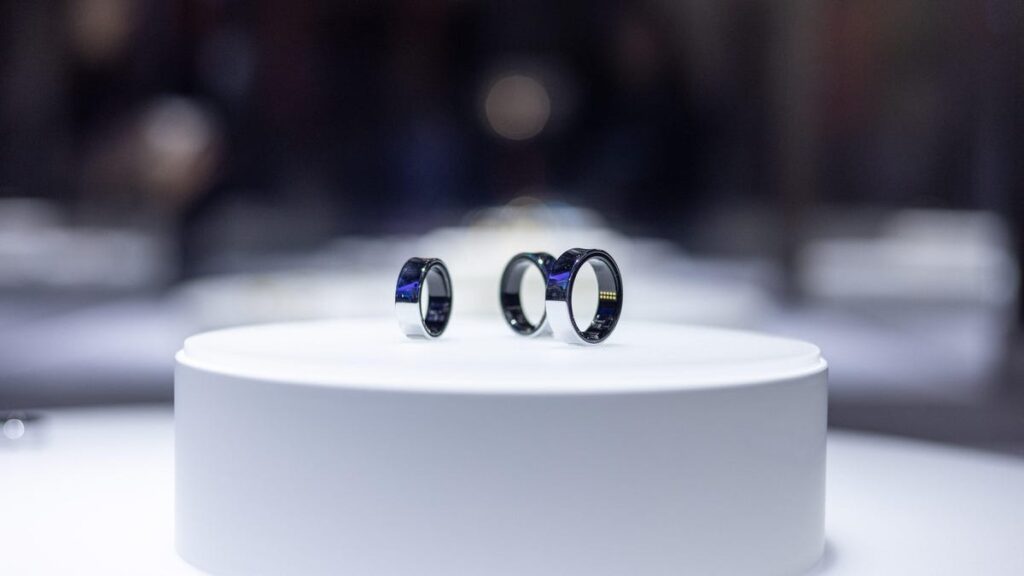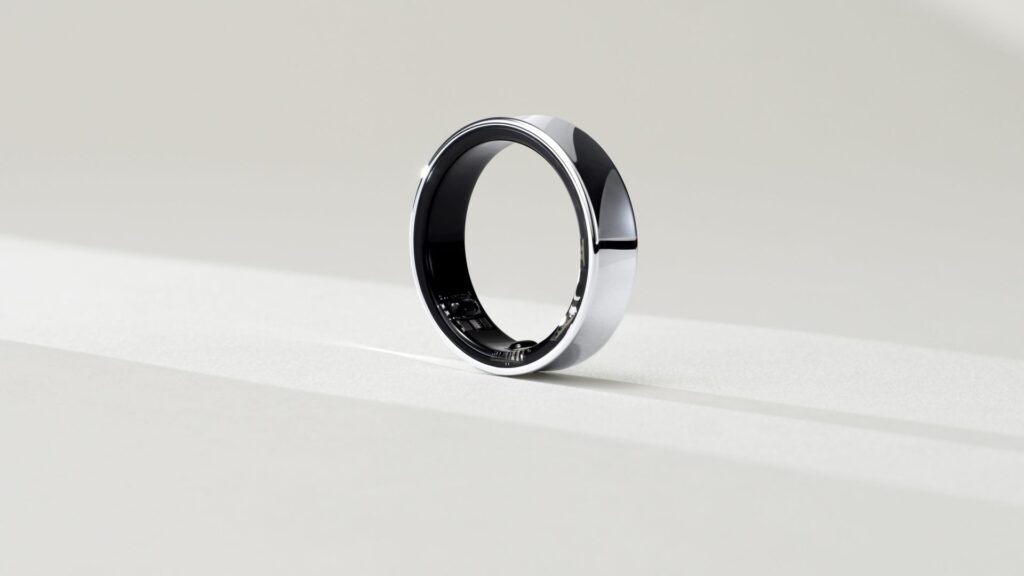One of the most critical buyer considerations around any modern connected wearable device remains expected battery longevity between charging cycles. For Samsung’s novel Galaxy Ring form factor, early specs promise multiple days vida a single charge – but real world usage could diverge based on individual utilization patterns.
This comprehensive guide covers Samsung’s own Galaxy Ring battery life claims, examines usage factors affecting practical longevity, and provides power optimization best practices to help stretch operation times.
Samsung’s Ambitious Battery Life Claims
In initial Galaxy Ring announcements centered around lightweight dimensions enabled by cutting edge miniaturization, Samsung also targeted up to 9 days of runtime via just a tiny power cell:
- Published estimates mention between 5 to 9 days longevity per charge
- Quoted capacity remains undisclosed but likely in 30-50mAh range
- Duty cycles match or exceed most smart wrist wearables
These ambitious battery metrics probably apply to minimal usage scenarios focusing mainly on basic activity tracking and notifications.
But in real world dynamic usage spanning multiple sensors and wireless connectivity – actual longevity could fall short of the higher end projections as examined next.

Variables Affecting Real World Battery Life
Unless utilized in strict controlled conditions akin to a laboratory, Galaxy Ring units face externally induced battery life variability covering aspects like:
Display and UI Interactions
Frequent waking or extended bright display use for status checks burns cycles faster through additional LED illumination demands plus associated graphical rendering processors.
Sensor Polling Frequency
User configurable tracking sensitivity tuning motion detectors, heart rate monitors and other integrated sensors also influences power budgets – highly granular monitoring consumes additional juice.
Wireless Connectivity
Lengthy Bluetooth pairing sessions with phones and other devices for synchronizing health data, notifications or calls also taxes batteries further via sustained high bandwidth radio emissions.
Location Tracking and GPS
Enabling continuous location logging via GPS for mapping exercise routes or journeys increases power requirements – so coverage suffers when mobility monitoring runs nonstop.
Accounting realistic usage diversity covering these factors, average achievable standby or longevity on the Galaxy Ring likely falls between 3-5 days for majority of consumers.
Usage Practices Maximizing Galaxy Ring Battery Span
Leveraging built-in Galaxy Ring battery optimizations or tweaking usage habits helps regain some lost operating duration through techniques like:
Reduced Display Wake Sessions
Restrict display activations only to essential health stat checks instead of casually glancing just out of habit – as majority watches remain efficient with screen off.
Lower Sensor Polling Sensitivity
Configure integrated sensors like heart rate monitors to sample at sustainable 10-15 minute intervals instead of maximum frequencies like 1 minute.
Selective Wireless Connection
Turn off Bluetooth when Galaxy Ring does not need to actively sync data with the phone to eliminate battery drain via perpetual high frequency radio emissions.
Minimize GPS Tracking
Avoid running constant location logging during normal everyday activities when movement mapping adds little utility. Limit GPS only to dedicated running or cycling sessions.
Little compromises around ideal monitoring parameters through techniques like these help regain 30-60% typical operation times users can actually leverage.

Future Battery and Charging Improvements
Like all first generation wearables pioneering entirely new form factors, the Galaxy Ring still leaves much room for improvements anticipated through future editions over the next 2-3 years:
Higher Density Cell Chemistries
Gradual transitions to enhanced lithium polymer blends or graphene substrates allow packing more charge capacity within current diminutive Ring chassis constraints.
Lower Power Components
Sourcing or nurturing next-gen sensors, chips promising equivalent functionality but with vastly increased electrical efficiency also contributes to longer standby and active usage durations per cycle.
Faster Charging
Integrating rapid recharge technology could refill depleted Galaxy Rings under 60-90 minutes – ideal for quick top-ups while getting ready for the day ahead after overnight unpacking.
The Bottom Line
Current Galaxy Ring battery estimates hovering between just 3-5 days for real world mixed usage may disappoint some early adopters expecting closer to 9 day best case longevity per single charge.
But perspective lies in gradually maturing device power management across worn form factors balancing battery pace with sensing and connectivity advances before multi-week operation becomes feasible.










Add Comment